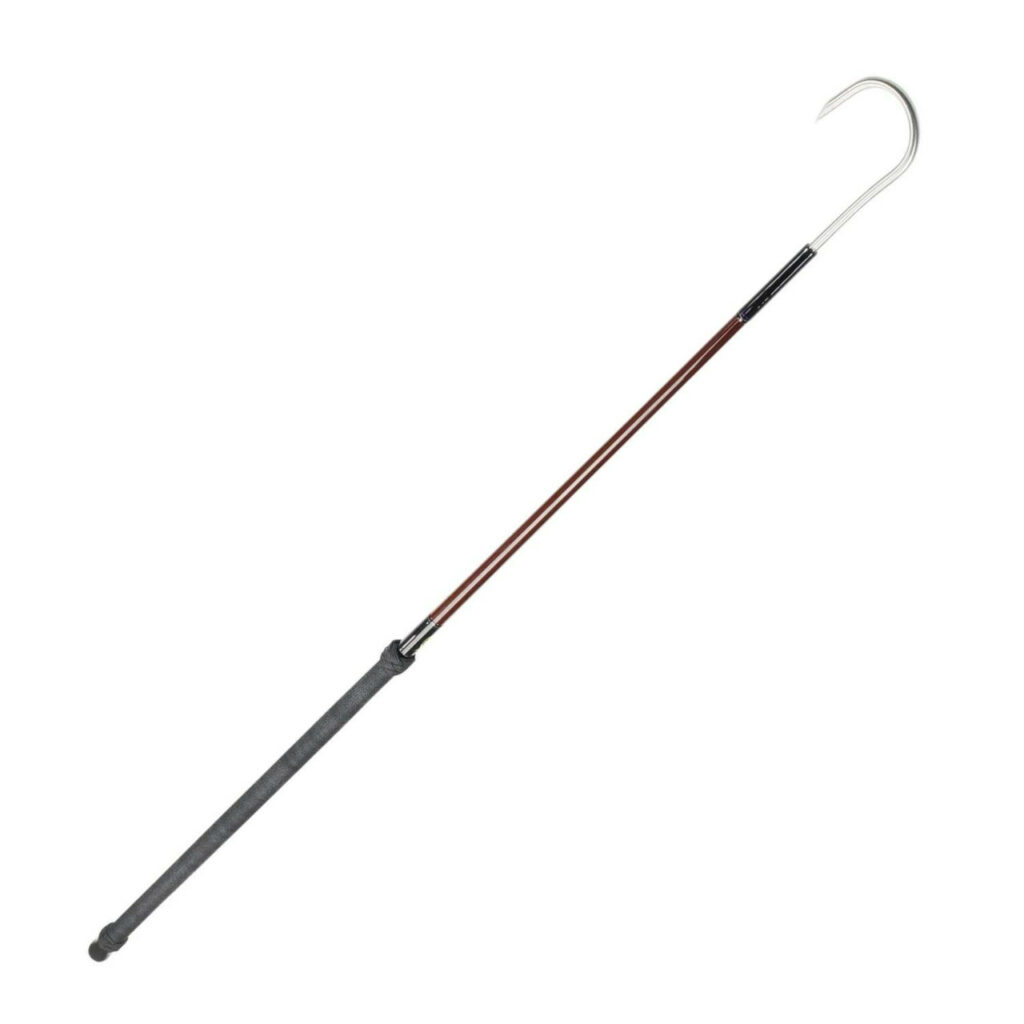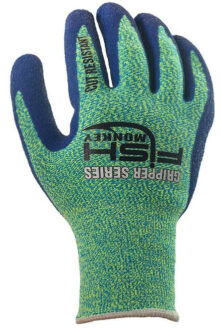If you are looking for a thrilling and challenging fishing experience, you might want to try fishing for alligator gar. These are large, prehistoric-looking fish that can grow up to 10 feet long and weigh over 300 pounds. They have captured the imagination of anglers for generations, and landing one is like winning a battle against time itself.
QUICK LOOK:
What You Need to Fish for Alligator Gar:
- A sturdy rod and reel combo that can handle at least a 50-pound test line. You can use either a baitcasting or a spinning reel.
- A strong monofilament or braided line that can resist abrasion and cutting from the alligator gar’s teeth and scales. I recommend you use a steel leader as well.
- A large hook that can penetrate the tough jaw of the alligator gar. You can use either a circle hook or a treble hook.
- A landing net, gaff, or tail rope can help you secure the fish.
- A pair of pliers or a hook remover to safely remove the hook from the fish’s mouth.
- A tape measure and a scale to record the size and weight of your catch.
- You will also need a camera to capture the moment and share it with your friends.
When it comes to fishing for alligator gar, there’s a certain thrill that comes with the pursuit of these ancient predators. With their prehistoric appearance and formidable size, alligator gar are a favorite among anglers seeking a challenge that takes them back in time. I’ve caught them while fishing for red drum and speckled trout in saltwater and in rivers and lakes while fishing for catfish. And they will give you and your gear a workout.
If you hook one, you are in for a fight. Follow along as we delve into the world of alligator gar fishing, exploring the best techniques, gear, and strategies to help you master the art of landing these impressive creatures. So, gear up and let’s explore the world of Alligator Gar fishing!
Understanding the Alligator Gar: A Living Fossil
The alligator gar (Atractosteus spatula) is a large freshwater fish found in North America. They are native to the southern and central parts of the United States, and can be found in rivers, lakes, and coastal waters. It’s known for its long, cylindrical body and a distinct snout resembling that of an alligator, hence the name.
The alligator gar is a living fossil, often referred to as a “dinosaur fish.” With Its long snout, armored scales, and large size contribute to its prehistoric appearance. As one of the largest freshwater fish species in North America, the Alligator Gar presents a unique challenge for anglers.
These ancient creatures can grow up to ten feet in length and weigh over 300 pounds. Picture this: a fish that looks like its straight out of the Jurassic era. That’s the alligator gar for you. With their armored scales and long, toothy snouts, these creatures are the stuff of legends in the angling community.
Alligator gar are not just another fish. They’re remnants of prehistoric times when reptiles ruled the Earth. The thrill of tangling with a creature that’s stood the test of time is what draws us to them.

In this article, we will give you some tips and tricks on how to catch these amazing creatures including:
- What equipment do you need to fish for alligator gar?
- How do you find and locate alligator gar?
- How do you hook and land an alligator gar?
- What are the best practices for handling and releasing an alligator gar?
- How to clean and cook an alligator gar
Techniques of Fishing for Alligator Gar
Bottom Fishing: Let’s start with the basics: Bottom fishing. Set up your gear, cast your bait, let it settle to the bottom and wait. Alligator gar are known to be patient hunters. They’ll stalk their prey before going in for the kill. They also have hard bony mouths with lots of teeth. So, give them the time they need to take the bait and make that hookup count.
Drift Fishing: If covering more ground is your thing, drift fishing might be your secret weapon. Let the current do the work as you drift along, presenting your bait to a wider range of potential targets. This technique requires finesse, but when you get it right, the rewards can be tremendous. A carolina rig setup with a strong treble hook and some live, or fresh cut bait works great for drift fishing for alligator gar.
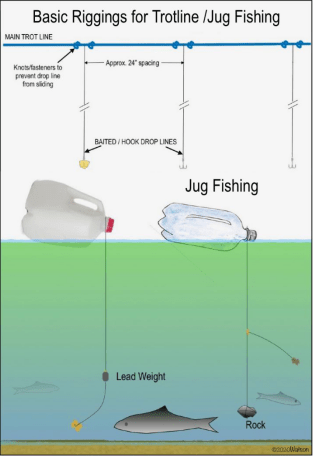
Jug Lines and Trot Lines: Primarily used for catfish, Jug lines, trot lines, and limb lines all catch their fair share of alligator gar.
Juglines are baited lines attached to a “jug” or float and set out in lakes, rivers or bays and allowed to drift/float with the current, winds and waves.
Fish grab the bait and swim off dragging the jug along behind them. Trot lines are attached to structure on each end with a number of baited hooks along their length. Both methods work well for catfish and alligator gar.
Bowfishing: Now, for the adventurous souls, there’s bowfishing. Imagine the thrill of spotting an alligator gar gliding beneath the water’s surface and taking your shot with a bow and arrow. It’s an adrenaline rush like no other. Hunting and fishing at the same time. Just remember, mastering this technique takes practice and patience. The bowfishing setup consists of the bow with a reel attached. The arrow is barbed and attached to a line from the reel. Once you shoot an alligator gar, you will be in for a fight trying to reel it in with your bow. 😉
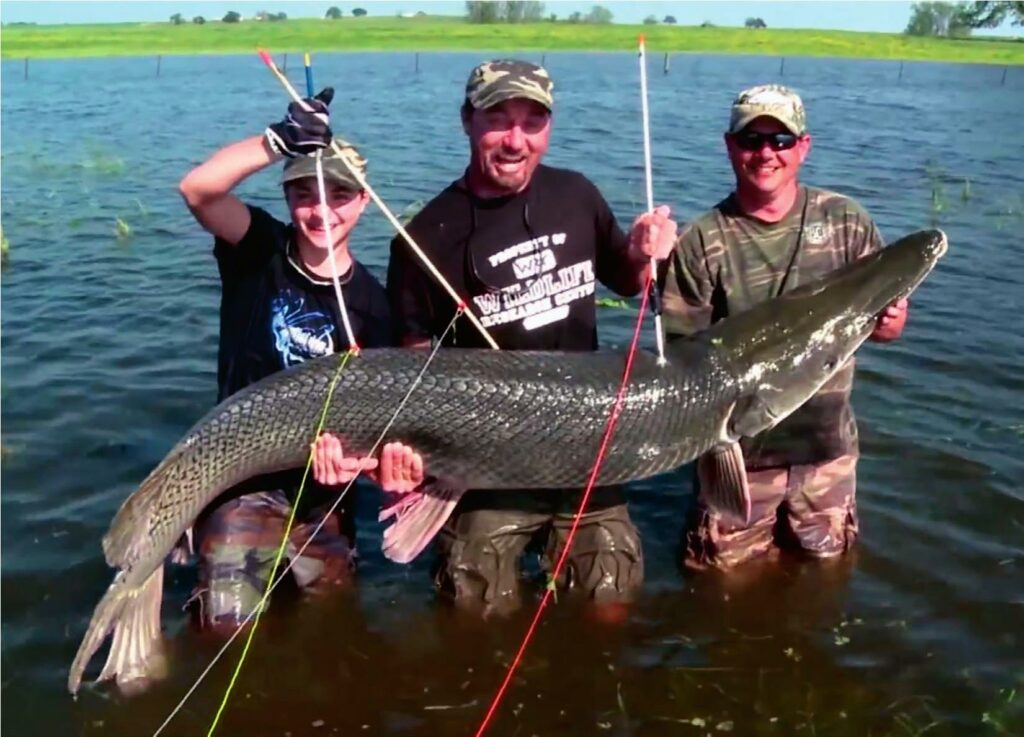
What Equipment Do You Need when Fishing for Alligator Gar?
Alright, let’s talk gear. When you’re taking on alligator gar, you’re going big or going home. Heavy-duty rods, sturdy reels, and lines that can handle the weight of a small car are your weapons of choice. You’ll need hooks with the strength to match, and leaders that won’t give in to those powerful jaws and sharp teeth.
Seriously, fishing for alligator gar is not for the faint of heart. You will need some heavy-duty gear to handle these powerful fish. Here are some of the essential items you will need:
- A sturdy rod and reel combo that can handle at least 50-pound test line. You can use either a baitcasting or a spinning reel, depending on your preference.
- A strong monofilament or braided line that can resist abrasion and cutting from the alligator gar’s teeth and scales. I recommend you use a steel leader as well, alligator gar have a mouth full of sharp teeth that can be rough on monofilament and braided lines.
- A large hook that can penetrate the tough jaw of the alligator gar. You can use either a circle hook or a treble hook, but make sure it is sharp and strong enough to hold the fish.
- A landing net, gaff, or tail rope that can help you secure the fish once you bring it close to the boat or shore.
- A pair of pliers or a hook remover to safely remove the hook from the fish’s mouth.
- A tape measure and a scale to record the size and weight of your catch.
- You will also need a camera to capture the moment and share it with your friends.
Bait for Alligator Gar
Now that you’ve got your gear sorted, its time to entice these ancient predators. Live or artificial? The choice is yours. Alligator gar have a taste for local baitfish, so stocking up on those can be a game-changer. Rig them up properly, and you’ve just dangled the equivalent of a gourmet meal in front of them.
You can use either live or dead bait, such as carp, shad, mullet, or eel. You can also use artificial lures, such as swimbaits, crankbaits, or spoons, but make sure they are big and flashy enough to catch the eye of the alligator gar and have strong, sharp hooks.
How Do You Find and Locate Alligator Gar?
Not all waters are created equal when it comes to alligator gar. These stealthy giants have their preferences. Backwaters, slow-moving rivers, and oxbow lakes are their hangouts of choice. To find and locate alligator gar, you will need to do some research and scouting.
You can use online resources, such as maps, forums, or reports, to get an idea of where they might be. You can also talk to local anglers, guides, or bait shops to get some tips and advice. You can also use your own eyes and ears to look for signs of their presence, such as splashes, swirls, bubbles, or jumps.
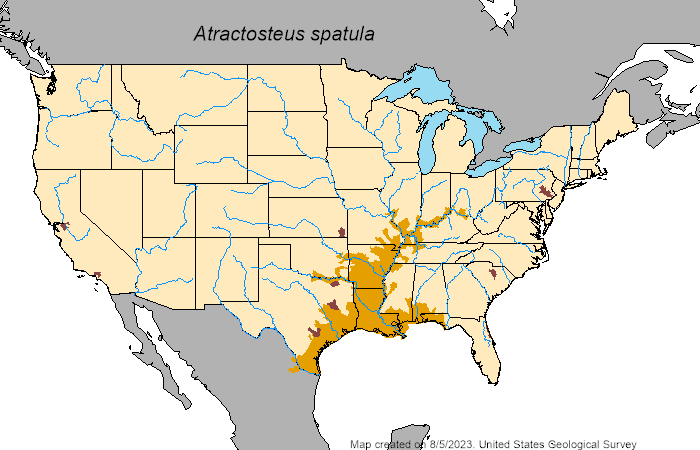
Alligator gar are ambush predators that like to hide in cover and wait for their prey to come close. They usually prefer slow-moving or stagnant waters with plenty of vegetation, logs, rocks, or other structures. They can also be found in deeper waters near drop-offs, channels, canals, or dams.
Alligator gar are known to be more active during the night, especially in warm weather. Fishing during the twilight hours or under the cover of darkness can yield better results. Once you have identified a potential spot, you will need to cast your bait or lure near it and wait patiently. Alligator gar are not very active feeders, so you might have to wait for a while before they strike. With artificials, you can also try different depths, speeds, or angles to entice them.
How Do You Hook and Land an Alligator Gar?
Alright, you’ve battled with the beast, and now its time to land it. But hold on, these fish don’t go down without a fight. They’ll put your skills to the test. Use a net, tail rope, or gaff to secure your prize, all while keeping safety in mind. Once you’ve got them on board, practice proper handling techniques to ensure their survival if you are going to release the fish.
Hooking and landing an alligator gar is not an easy task. You will need some skill, patience, and luck to succeed. Here are some steps you should follow:
When you feel a bite or see your line move, do not set the hook right away. Alligator gar have a bony mouth that makes it hard for the hook to penetrate. They also tend to hold the bait in their mouth before swallowing it. You should wait for a few seconds or minutes until you feel the fish move or swallow the bait.
Then, once you are sure that the fish has taken the bait, set the hook firmly by lifting your rod tip up and reeling in quickly. You should also tighten your drag to prevent the fish from running away with your line. But not so much that he breaks you off.
After you have hooked the fish, be prepared for a fight. Alligator gar are very strong and fast fish that can pull hard and jump high. They can also run into cover or obstacles and cut your line. Keep your rod tip up and maintain constant pressure on the fish. You should also follow the fish’s movements and avoid any slack in your line.
Once you have tired the fish out, you should bring it close to the boat or shore. Use a landing net, tail rope, or a gaff to secure the fish and lift it out of the water. You should be careful not to injure yourself or the fish with the hook, teeth, or scales.
What Are the Best Practices for Handling and Releasing an Alligator Gar?
Alligator gar are magnificent fish that deserve respect and care. You should handle and release them properly to ensure their survival and well-being. Before you set out on your alligator gar quest, its crucial to know the rules of engagement. Fishing regulations exist for a reason – to protect these remarkable creatures and sustain their populations for the future.
Be sure to know the size and bag limits for your area, and consider catch-and-release practices to contribute to conservation efforts. As anglers, its our responsibility to practice ethical fishing practices and contribute to the conservation of alligator gar populations. Due to their slow growth and vulnerability, alligator gar are often protected by catch-and-release regulations.
- Wear gloves and protective clothing to avoid getting cut or scratched by the fish’s teeth or scales.
- Use a wet towel or cloth to cover the fish’s eyes and calm it down.
- Remove the hook as quickly and gently as possible.
- Use a pair of pliers or a hook remover to avoid damaging the fish’s mouth or jaw.
- Avoid touching the gills or internal organs of the fish.
- Measure and weigh the fish as quickly as possible.
- Take a photo of your catch as a souvenir.
- When handling an alligator gar, keep them in the water as much as possible, and avoid removing them from their natural habitat for extended periods release the fish as soon as possible. Hold the fish in the water and support its body until it recovers.
- You should also make sure that the water is clean and oxygenated. Watch the fish swim away and celebrate your achievement.
- Or, if keeping, place it in a cooler with ice until ready to clean and prepare.
How to Clean and Cook Alligator Gar
When it comes to fishing, the alligator gar stands out as a unique and challenging catch. With its prehistoric appearance and remarkable size, this fish has intrigued anglers for generations. And, yes they are good to eat. Many anglers have never even tried them. I have eaten gar many times and I find it to be excellent. And, eating gar takes some of the pressure off of the more sought after species.
They are tougher to clean and prepare than most fish, but are well worth the effort in my opinion. However, before you can savor its flavors, its essential to know how to properly clean and cook an alligator gar. Cleaning and cooking an alligator gar can be a unique culinary adventure. With its distinctive taste and texture, this fish lends itself well to a variety of cooking techniques.
By following the steps outlined in this guide, you can confidently prepare a delicious alligator gar dish that will impress your friends and family. Now, Before you embark on the journey of cleaning and cooking an alligator gar, make sure you have the right tools. You’ll need a sharp fillet knife, a cutting board, a pair of pliers, kitchen shears, and a sturdy set of gloves.
Cleaning and Preparing Alligator Gar
- Secure the Fish: Lay the gar on a flat surface and secure it using the pliers to prevent any movement during cleaning.
- Open the Fish: Use kitchen shears, or tin snips, to cut open the skin along the back of the fish.
- Skin the Fish: Take your filet knife and remove the gar from its skin. Then split open the belly and remove the entrails.
- Rinse Thoroughly: Rinse the fish under cold water to remove any remaining blood or debris.
- Choose Your Cuts: Fillet down the back bone and remove the “back straps” from the gar. Then filet the belly meat from the fish.
Choosing the Cooking Method
Unlock the world of alligator gar cuisine by trying different recipes. From soups to stews, there are numerous ways to savor this unique fish. The alligator gar’s firm, white flesh lends itself well to a variety of cooking methods. Let’s explore a few creative options:
Grilled Alligator Gar Steaks
Marinate gar steaks in a mixture of olive oil, lemon juice, garlic, and herbs. Grill over medium-high heat for 4-6 minutes per side until the flesh flakes easily. Or, try the following recipe:
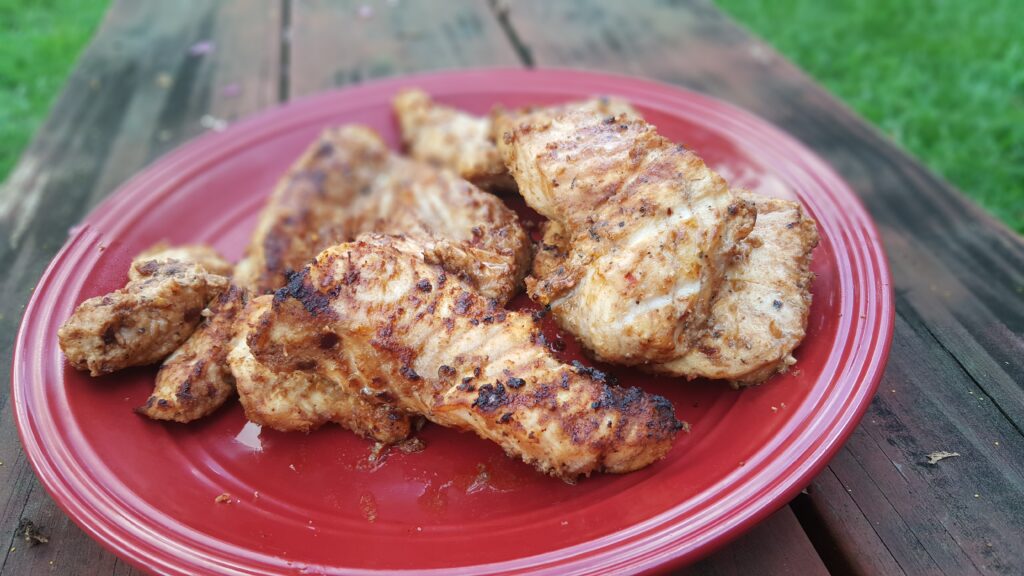
Ingredients:
- 2.5 lbs of Alligator Garfish fillets cut into equal sized pieces for the grill.
- 4 tablespoons extra virgin olive oil.
- 2 tablespoons Dale’s Steak Seasoning
- 1 tablespoon Worcestershire sauce.
- 2 tablespoons cracked red pepper (1/2 tbs if you are spice sensitive).
- 1 tablespoon Cajun seasoning.
- 1 teaspoon coarse ground black pepper.
- 1 tablespoon minced garlic.
- 1/4 teaspoon ground cumin.
Preparation Method:
- Combine all the ingredients in a Ziploc bag, and mix thoroughly.
- Place the bag in ice, or the coldest part of the fridge or the freezer (but don’t let the contents freeze) while prepping the coals.
- Prep the coals. This gives you time to wash some veggies, coat in olive oil, salt & black pepper to throw on the grill with the garfish.
- After the coals are white-hot, place the marinaded garfish on the oiled grill.
- Grill the marinated garfish as you would chicken making sure to cook it all the way through but don’t allow to dry out.
- I cut my fillets about 1 1/2 inches thick, and grilled them covered about 5-8 minutes on each side.
Fried Alligator Gar Nuggets
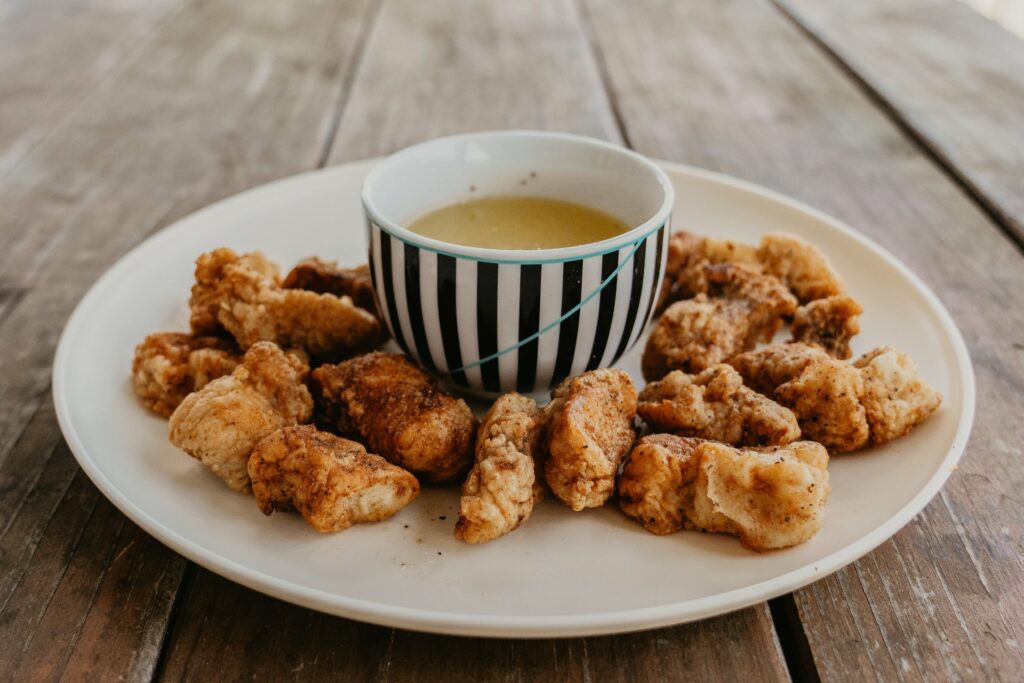
Cut the gar into bite-sized pieces and coat with seasoned flour or breadcrumbs. Fry in hot oil until golden brown and crispy.
The Ingredients
- Gar fillets
- Flour
- Old Bay
- Slap Yo Mamma Seasoning
- Salt and Pepper
- Oil
The Preparation
- There are two fillets that run under the scales down each side of the fish. Once you have cut down the back and tail of the fish on both sides and peel back the skin, the fillet is pretty easy to access from there. You’ll cut those two fillets out and discard the rest.
- Next, cut the fillets into cubes about 2-3” in size.
- In a bowl, whisk together the dry spices and flour. Take the cubes and throw them into the flour mix and coat them thoroughly and evenly.
- In a deep skillet or pot, bring your cooking oil to about 500 degrees.
- Carefully place your coated gar nuggets into the oil and brown. This will take between 3 and 5 minutes depending on size. Be careful to not over cook.
- One the outside of the nugget is a light golden brown, remove from the oil and place on a plate with some paper towel down to help soak up any excess oil.
- These nuggets go wonderfully with a garlic butter sauce, ketchup, or just pair with and ice-cold beer. ENJOY!
Baked Alligator Gar Fillet
A quick and simple preparation for alligator gar is to simply place fillets on a baking sheet, drizzle with melted butter, lemon juice, and season with your favorite herbs and spices. Then bake at 375°F for 15-20 minutes or until the fish flakes easily.
Pair with a salad, garlic bread and your favorite white wine and you have a simple yet elegant meal that highlights the firm texture and white flesh of the gar.
Sautéed Alligator Gar with Herbs
Another simple preparation, similar to baked gar, is to use In a hot skillet, I prefer cast iron to sauté gar fillets with butter, lemon juice, garlic, and fresh herbs until the fish is cooked through and the edges are crispy.
Once cooked, serve your alligator gar creation with your favorite sides. The mild, slightly sweet flavor of the fish pairs well with salads, rice, and grilled vegetables. And, of course, the beverages of your choice. 😉
Frequently Asked Questions on Fishing for Alligator Gar
You’re not alone in your curiosity about alligator gar fishing. Here are some of the most frequently asked questions that anglers like you often ponder. Let’s dive into the answers to clear up any uncertainties and get you ready for your own alligator gar adventure!

What makes alligator gar fishing unique?
Alligator gar fishing is unique due to the ancient and formidable nature of these fish. With armored scales and a reputation as living fossils, they offer a chance to connect with a prehistoric world. The thrill of landing one of these creatures is like stepping back in time.
What’s the best time of day to fish for alligator gar?
Alligator gar are most active during dawn and dusk. This is when their predatory instincts kick in, and they’re more likely to strike at bait. Plan your fishing trips around these prime times to increase your chances of a successful encounter.
Are there any specific regulations I need to follow when fishing for alligator gar?
Absolutely. Alligator gar fishing regulations vary by location, so its essential to know the rules before you cast your line. Check your local fishing authorities for information on size limits, bag limits, and catch-and-release guidelines to ensure you’re in compliance.
What’s the biggest challenge when it comes to landing alligator gar?
The sheer power and stamina of alligator gar make landing them a challenge. These fish can put up a fierce fight, and their strength is not to be underestimated. Make sure your gear is up to the task and be prepared for an exhilarating battle.
Can I practice catch-and-release with alligator gar?
Yes, catch-and-release is a valuable practice for conserving alligator gar populations. When practicing catch-and-release, use proper handling techniques to minimize stress on the fish. Ensure the fish is fully revived before releasing it back into the water, allowing it to continue its ancient journey.
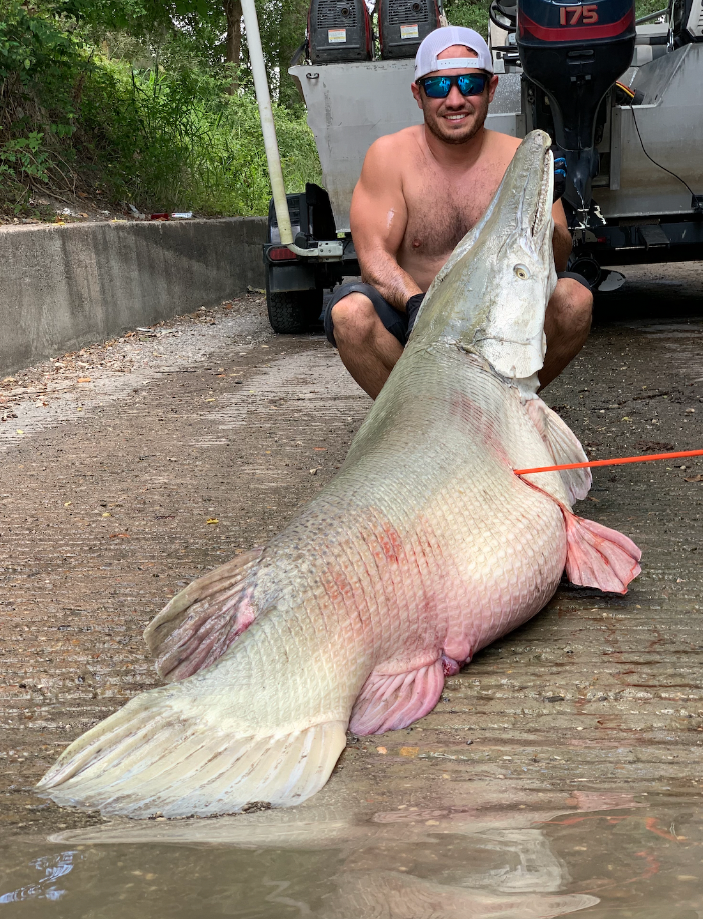
What is the best bait for catching Alligator Gar?
Live bait such as mullet, shad, or small catfish is highly effective in attracting Alligator Gars.
How big do Alligator Gars get?
Alligator Gars can grow up to 10 feet in length and weigh over 300 pounds.
Are Alligator Gars dangerous to humans?
While they have sharp teeth, Alligator Gars are generally not dangerous to humans. Exercise caution when handling them.
Is alligator gar safe to eat?
Yes, when properly cleaned and cooked, alligator gar is safe to eat and can be quite delicious. Alligator gar has a mild flavor that’s often described as a cross between crab and chicken. Due to its firm texture, alligator gar is versatile in cooking. Just ensure not to overcook it to maintain its tenderness. Note: while gar meat is edible and very good, the eggs are extremely toxic and not edible for humans.
Fishing for Alligator Gar: Catching a Dinosaur
Fishing for alligator gar is a rewarding endeavor that connects us to these ancient predators and a species that has thrived for millions of years. Mastering the art of how to catch Alligator Gar takes time and dedication however, but the rewards are well worth it. We’ve covered everything from selecting the right equipment to employing effective techniques, to how to clean and cook your catch.
So, gear up, head to the waters, and experience the exhilaration of alligator gar fishing for yourself. Remember, every encounter with an alligator gar is a brush with history, a glimpse into a world that time forgot.
And, while alligator gar are versatile and good table fare, keep only what you can use and prioritize conservation by practicing catch and release with the rest, to ensure that future generations can also enjoy the thrill of Alligator Gar fishing. Happy fishing, and may your battles be legendary!
As always, stay safe, enjoy the journey and please try to leave it cleaner than you found it. If you have any comments, questions, ideas or suggestions please leave them in the comment section below and I’ll get back to you asap.
You can follow us on Facebook: Rex The Beach Angler, Instagram: thebeachangler7, Twitter: @AnglerBeach, and YouTube: Man Art Creations.

P.S. – Thanks so much for checking out our blog we really appreciate it. Just so you know, we may receive a commission if you click on some of the links that appear on our site. This helps us keep our content free and up-to-date for everyone. We appreciate your support!
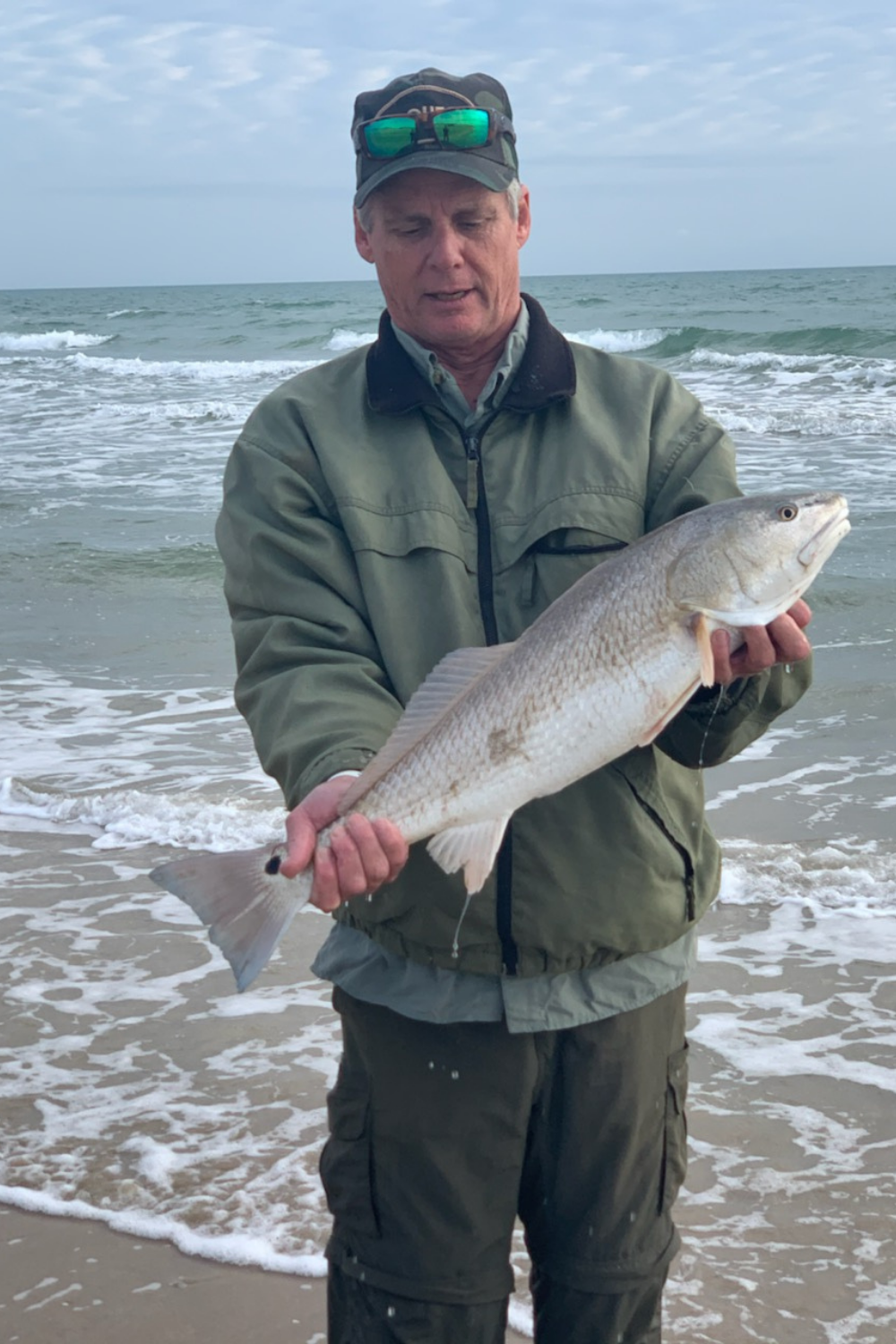
A life long surf fisherman with 50+ years of experience, I am also an avid hunter and outdoorsman. I will be sharing my passion for the outdoors with you so be prepared for hunting, fishing, camping, hiking and more. Along with gear reviews and the latest trends and innovations in the outdoor industry.




